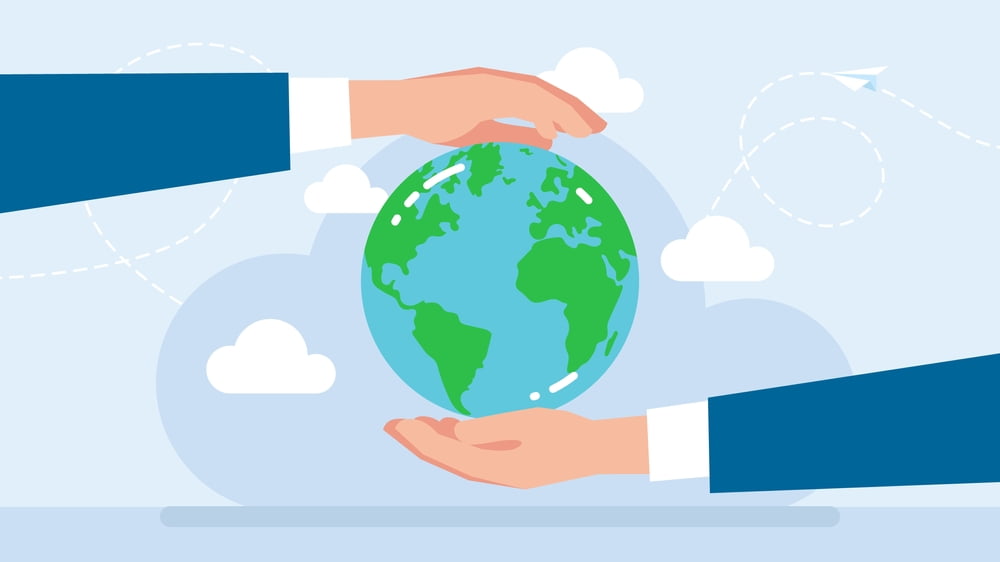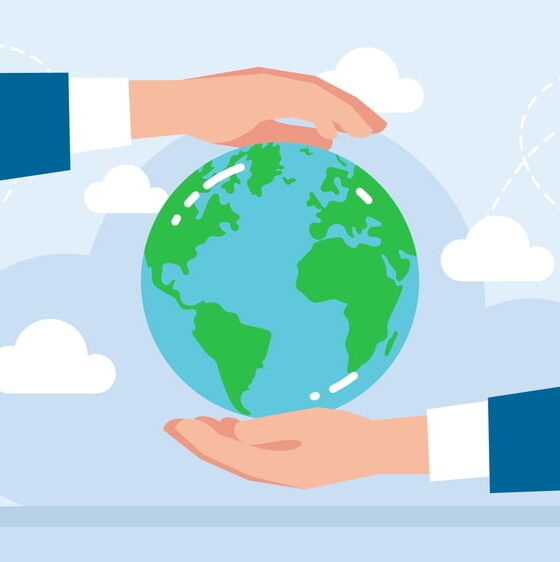

Environment
Best Ways to Be a More Eco-Friendly Consumer in 2022
Being eco-friendly is living in a manner that does not affect the environment. With numerous technological advancements and a fast-paced way of life in recent times, this way of living is becoming increasingly necessary. We have multiple ways to become environment-conscious consumers and avert the negative impact of our daily lives.
It could range from a minor adjustment in your daily routine, such as using a recyclable water bottle, to a more considerable expenditure, like installing solar panels to convert your home to clean energy. However, most people find it challenging to make a significant change simply because they don’t know where to start. Read on for several ways to become a more eco-friendly consumer and more environmentally conscious in your daily life.
Investing in Renewable Energy Sources
Investing in renewable energy sources for electricity is one way to become an eco-friendly consumer and make your home more environmentally conscious. Most households are connected to a grid that relies on non-renewable energy sources such as gas or oil, which leave a huge carbon footprint. Solar panels are an excellent example of alternative renewable energy sources which harnesses energy from the sun. The photovoltaic system converts energy from the sun, a natural source, into electricity, making it a more environmentally friendly alternative. Other renewables include geothermal energy, wind power, and biomass.
Purchase Eco-Friendly Toilet Paper
Most of us are oblivious of the number of trees cut down to go into toilet paper making, which is a lot! For example, it takes 17 trees and 90,000 liters of water to make a one ton of tissue paper rolls. With an average consumer using an average of 100 rolls a year, we dare say this is not a sustainable consumer habit. Tree-free alternatives include bamboo paper products like bathroom tissue and paper towels, which are more environmentally friendly. Bamboo products are better than regular toilet paper, mainly because bamboo grows almost 39 inches in a day.
Eco-Friendly Cleaning Products
Most of the cleaning products in the market contain chemicals that are hazardous to the environment. Unfortunately, most of those chemicals we use to clean our dishes, clothes, and homes end up harming our planet’s biodiversity. Preservatives and detergents are among the chemicals that hurt the environment the most. Therefore, it is better to shift to purchasing items that contain sustainably grown ingredients that don’t deplete the ecosystem when expelled or use simple things like vinegar to clean things, even your dishwasher.
Recyclable Eco-Friendly Water Bottles
When everyone is trying to cool down during warm weather, buying water bottles is standard practice. However, since most of us fail to recycle water bottles appropriately, many wind up in the ocean. They break down into thousands of microplastic fragments, which are hard to clean up hence a high rate of environmental pollution. One way to avoid microplastic pollution is by investing in reusable water bottles. Don’t just get a reusable bottle; get the right size so you can bring it with you everywhere you go. Buying a reusable water bottle will also save you money as it reduces the number of plastic purchased.
Purchasing Environmentally Friendly Cars
Cars happen to be among the biggest contributors to global warming, owing to the amount of pollution they release. The diesel and petrol cars need to be eliminated as they are the worst culprits in carbon dioxide emission. Hybrid and electric automobiles have become increasingly popular to combat this, cutting down on overall emissions. Rather than combusting fuel, electric cars run on batteries, hence the reduced emissions. On the other hand, hybrid vehicles use both fuel sources, switching between them as their fuel capacity runs low.
Buy Secondhand
The negative repercussions of clothing production on the environment are significant, with fashion trends to blame for the mass production of garments every year. These large quantities produced translate to vast amounts of waste, with some fabrics like polyester taking years to decompose.
These fibers also threaten our biodiversity, with microplastic fibers from these clothing ending in oceans and being ingested by marine animals. Besides buying secondhand clothes, you can also purchase cookware, pots, and furniture. When you buy used, you’re not only reducing your carbon footprint as a customer but also preventing something from being thrown away.


 Environment9 months ago
Environment9 months agoAre Polymer Banknotes: an Eco-Friendly Trend or a Groundswell?

 Environment11 months ago
Environment11 months agoEco-Friendly Home Improvements: Top 7 Upgrades for 2025

 Features8 months ago
Features8 months agoEco-Friendly Cryptocurrencies: Sustainable Investment Choices

 Features10 months ago
Features10 months agoEco-Friendly Crypto Traders Must Find the Right Exchange

















